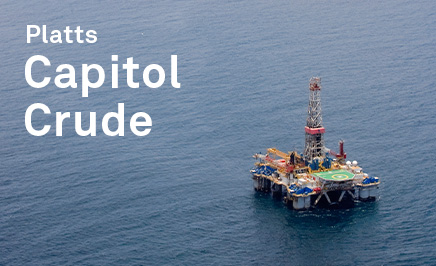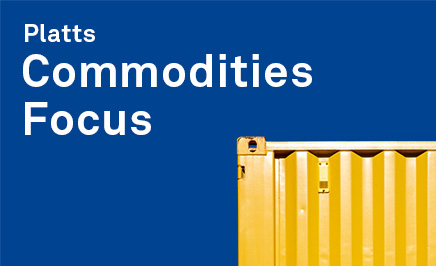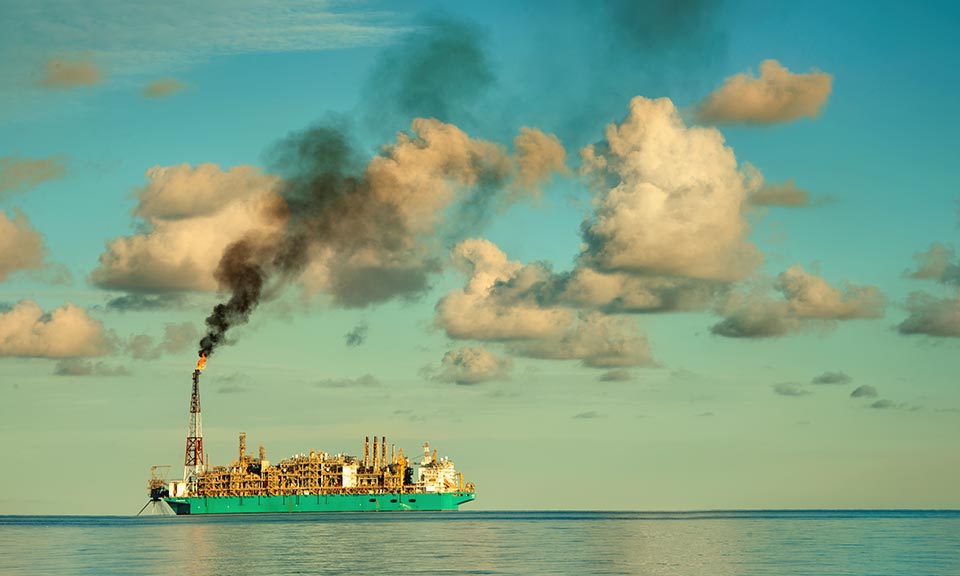Platts Conventional Energy Index
/ COMMODITIES
After two years of war, Europe emerging from shadow of Russian gas
Two years since Russia launched its full-scale invasion of Ukraine, helping to trigger..
/ COMMODITIES
/ COMMODITIES
Two years since Russia launched its full-scale invasion of Ukraine, helping to trigger..
/ COMMODITIES

The US Department of Energy in late January hit "pause" on its work issuing key LNG export permits. About 30 million mt/year of probable export capacity additions in the US and Mexico are at risk because of the permitting hold.Climate activists have celebrated the White House decision as a massive win, while industry groups have warned that it could endanger future LNG projects and undermine the role of the US as an LNG exporter. But Arvind Ravikumar, co-director of the Energy Emissions Modeling and Data Lab and a professor within the University of Texas at Austin’s Department of Petroleum and Geosystems Engineering, believes this is the wrong debate to be having.SP Global Commodity Insights Americas LNG reporter Corey Paul caught up with Ravikumar for the podcast. And Ravikumar shared his perspective on the way we should be thinking about the future of US LNG exports.Stick around for Jeff Mower with the Market Minute, a look at near-term oil market drivers.Related content:We are having the wrong debate about Biden’s decision on liquefied natural gas: Arvind RavikumarWhite House declares pause on key US LNG export permits, policy reviewUS producers tout LNG growth outlook despite regulatory uncertaintyUS Senate weighs long-term impact of Biden's LNG permitting pause (subscriber content)

Pressured by sub-$2/MMBtu prices, many US producers have decided to cut spending on gas-directed drilling and completion activity and to scale back production in 2024. But there are signs of price improvement along the futures curve in late 2024 and thereafter, due in part to the arrival of new LNG facilities, giving operators reason for optimism.In this episode, Jeremy Beaman, natural gas news editor, talks with Bryan Mcnamara and Imre Kugler, directors of upstream research, about how natural gas producers are approaching a difficult price environment and what their plans are for 2024 and 2025.Register for Global Power MarketsMore listening options:

Discover
When the competition is fast, you need to be faster. We're giving you access to the latest cross-commodity insight, ET intelligence and market-leading views, so you can stay on the pulse.